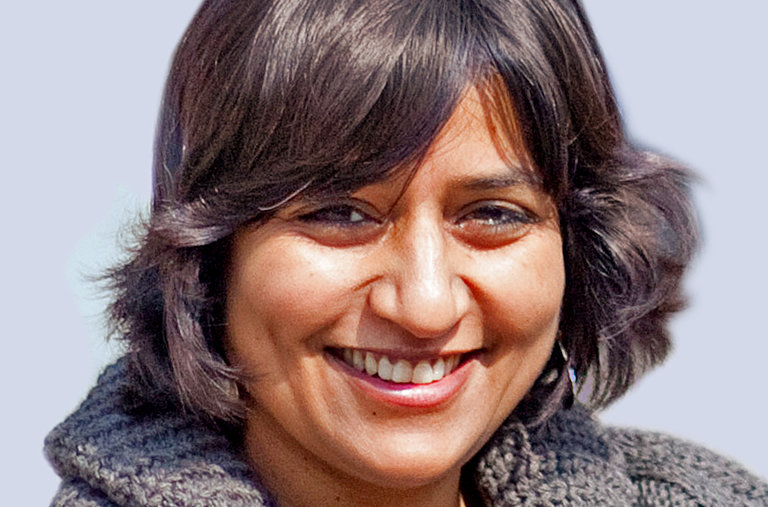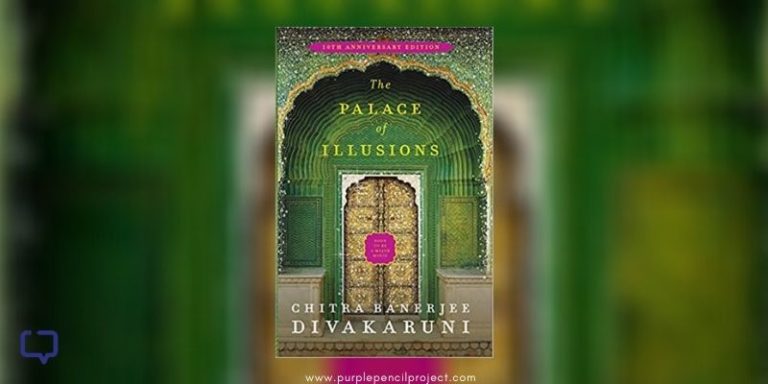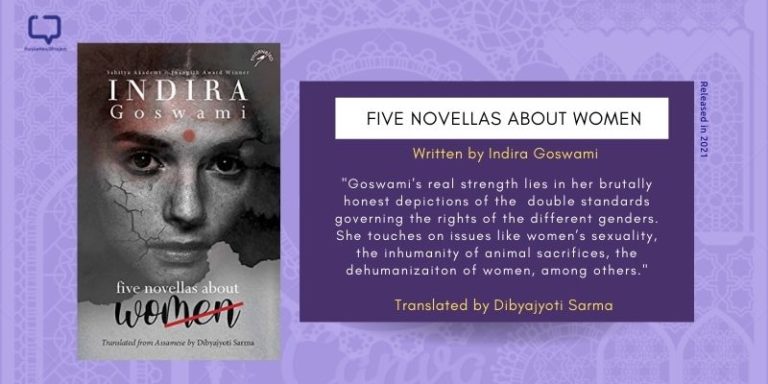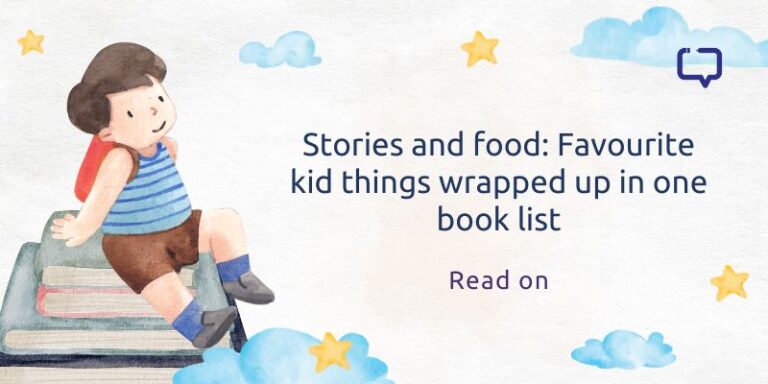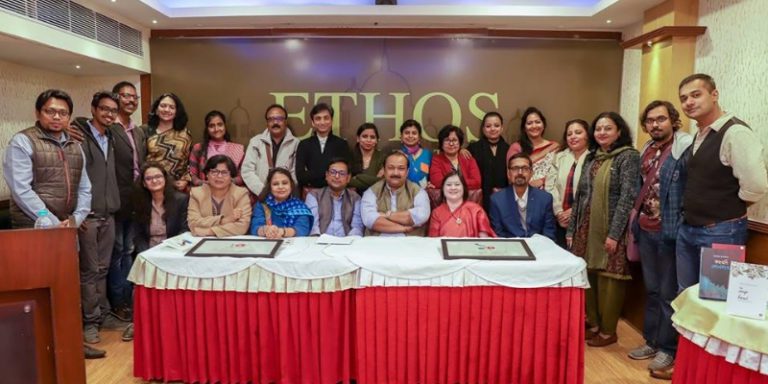Sneha Pathak reviews Nilanjana S Roy’s Black River (Context, 2022) which masquerades as a police procedural, a thriller, and a suspense novel.
What attracted me first to Nilanjana S Roy’s Black River was its cover. Done in swirls of inky blue and punctuated with lighter shades of the same colour with the title standing out in stark white font, it made me curious to know more about the book. A few bookstagram posts later, I knew I had to read the book.
Black River masquerades as a police procedural, a thriller, and a suspense novel. A murder mystery in India’s changing landscapes, a whodunnit. But dive into it with the same expectations as with a traditional thriller, and you are bound to be disappointed. Because while there is a mystery at the heart of the novel, Black River is mostly a social novel that uses the trappings of a thriller to convey its message and present its story.
We encourage you to buy books from a local bookstore. If that is not possible, please use the links on the page and support us. Thank you.
The Plot of Black River
The main plot of Black River unfolds mostly in Teetarpur, a small village at the edge of the national capital. Teetarpur has so far remained untouched by the glimmer and glamour of its more prosperous neighbours, but change is on its way and there are talks that soon it might be the new Gurgaon. But for now, it’s simply a small scattering of huts. It is here that Chand, a farmer, loses his eight-year-old daughter in the most horrific way possible – she is found hanging at a tree near their house.
We, readers, know why Munia was killed, but no one else does, and finding a suitable motive and bringing the criminal to justice falls on the shoulders of Ombir Singh and Bhim Sain, the local policemen. What follows is a travesty of procedure and the process of bringing ‘justice’ to Munia so that the case can be closed. This is punctuated by the subplot which talks about the politics of religion and how it impacts and changes people.
The Narration
Black River is divided into five parts. Except for part 2, the rest are set predominantly in Teetarpur and the characters at play remain the same. The novel opens with a tender image of Munia getting a taste of cassata for the first time on her eighth birthday and sharing this joy with her father Chand who painstakingly procured this gift for her.
This image of this tender moment between father and daughter stays with the reader and is made even more poignant by the death of Munia a few pages later. The rest of part one is full of the investigation that Ombir and Bhim Sain attempt with the meagre resources they have, while an SSP from Delhi – whom they call ‘Delhi boy’ – arrives, and with the entire village, including Chand’s rich and influential neighbour Jolly Singh, rally around Chand in support.
Part two takes a detour to the past where we witness Chand’s Delhi years, his friendship with Khalid and Rabia, his slow but steady rise as an employee at Badshah Miyan’s meat shop, his return to the village, the birth of Munia, her mother’s death and Chand’s promise to keep Munia safe.
While part two works as a welcome break from the grisly episode of the young girl’s murder, Roy offers no such escape to her readers for the rest of the book. The remaining three parts take us deeper and deeper into the web of power, delusion, helplessness, and angst of various characters of Teetarpur and beyond as some of Chand’s Delhi friends also keep making an appearance throughout the rest of the novel.
The Suspense & Drama
Things proceed swiftly as we encounter the different characters who keep playing various roles in the drama that unfolds. There is the case of another dead body found nearby that keeps bothering Ombir; the villagers’ insistence that the old, wandering beggar Mansoor Khan is the killer and be handed to them for ‘justice’, the personal life of Ombir that we get peeks of from time to time and his relentless quest to unfold what really happened even after the case has been officially closed. Running parallel to this are Rabia and Badshah Miyan’s lives in the city, where they face a set of their own problems.
There is a lot that is wrong in the world of Teetarpur, and by default, that of our own. This is a world where money and power are kings and the powerful feeling that they are free to do as they please. And power need not come just from being a bada sahib yourself, even the power that rubs off from their proximity is enough for characters to indulge in what they want to without thinking about repercussions. And what makes this so realistic and horrifying is the fact that most of the people in the novel are not out-and-out villains.
They are not crooked by nature themselves, but simply cogs in a system where to survive means to bow one’s head and carry on. That’s why, a father has to set on a quest for justice on his own, and a policeman has to apologise even when he metes out punishment to someone who deserves it.
It is to the author’s credit that she doesn’t create stereotypical characters. None of the three police officers we encounter in the book are out and out corrupt. Yes, they are part of a corrupt system and know how to weave their way within it in order to survive, but none of them comes out as a villain. Chand manages to surprise us too, as do a few others.
The Characters
Roy is able to create a sense of place and character and describes the surroundings as well as the emotions of the characters quite well. She doesn’t shy from grisly descriptions either – be it that of the abattoir or that of the mortuary.
She describes Delhi as ‘filthy, crowded, brutal, a city where even the crows have a calculating glint in their eyes’, a place where even the ‘air crackles with dreams’. A character’s tiredness is like a ‘heavy, familiar backpack’ while Munia’s head is “a tired smudge against his [Chand’s] checked kurta.”
However much bleak the overall narrative might be, it is uplifted by people and their small acts of mercy, gentleness, and duty. There occur moments of tenderness in an otherwise squalid world. There is Chand’s act of mercy even when he is at his lowest; there is Bhim Sain’s attachment to the rabbit he names ‘Laadli’ and there is Ombir who cares enough for a mutt to arrange for his upkeep with his own pocket.
And most of all, it is the ending that provides a sense of at least some closure and a sort of fractured, ruptured peace to both Chand and the reader.
Best Quote from Black River
“He opens his eyes, takes a slow breath, and releases all of it. The cold-blooded act that changed his life forever, the emptiness he had descended into, the grim deeds he had witnessed, the ones he committed, the love he was given and that he gave in return. He breathes these out into the silent valley, the towering uncaring ranges.”
Have you read this thrilling novel full of murder and mayhem? What do you think of it? Drop a comment below and let us know!









